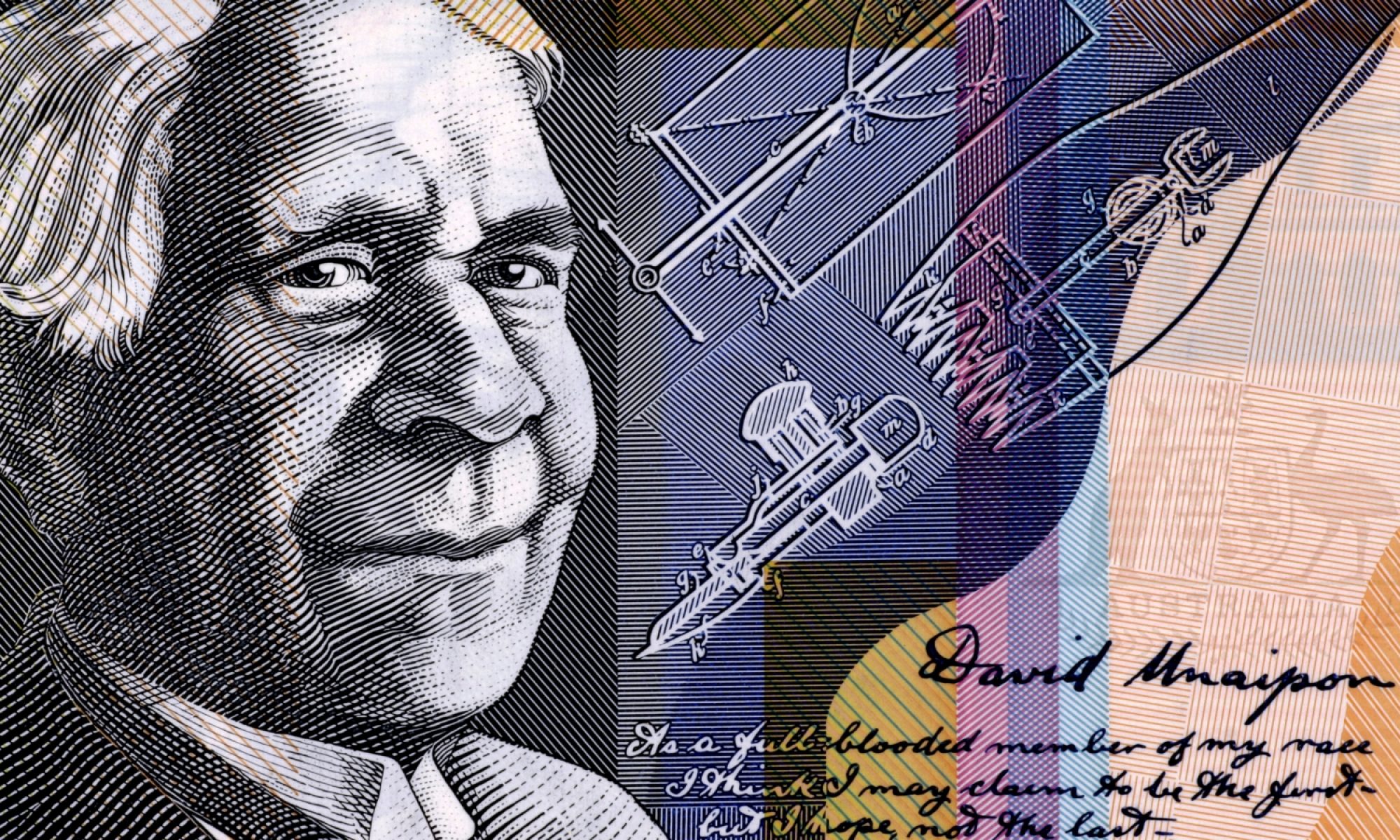For a broader description of the culture that lived here for 50,000 years, read The Dark Emu, by Bruce Pascoe. This book is largely based on evidence from the diaries of early Europeans in Australia and provides a very different picture to that taught previously.
Another approach to this is the genetic testing of ancestry, both of people and the development of agrarian food supply, which is a growing field of opportunity, but there are risks involved.
Quoted from here:
There are issues around how reliable the conclusions made based on genetic tests are. The tests look for variation amongst a population that has married the Europeans who came here recently, and that variation from the rest of the population will be the “Aboriginal component”
Genetic make up of an individual is important in Australia and North America in defining a person as Aboriginal, which gives them access (or not) to special services, benefits and membership of the Indigenous community.
Many issues are raised in this article, including the reliability of data developed for the US gene pool and the need for Indigenous people to control how any data is used. Most importantly in Australia, Aboriginal and Torres Strait Islander identity relate to community engagement as well as blood line.
In general, geneticist have had a bad reputation with Aboriginal people since tests were made without permission in the 1990’s. The theft of genetic data, and more recent research made with proper authorisation raised concerns about undermining the relation of Aboriginal people to land.
However the research results recently claim to show that Aboriginal people came here in one wave with no other people coming to settle until 1770, although the data is small. This suggests the Aboriginal link to Australia is much stronger than just being “the previous wave of immigrants”.
The access to this data and its use is of concern for Aboriginal people. Collecting data on people that is beyond their experience to understand how it is analysed, what it means or how it is being used (eg this material is available for any future research work) is contentious. See concerns from Indigenous Americans
Some of these studies have raised questions about tribal control and regulation of research, assessing risks and benefits of research participation, and implications of participating in genetic research for tribes.
Quoted from this article
In Aboriginal communities this ancestral information is kept in oral memory. Particularly women will discuss this regularly to update and check their relationship to anyone they have not seen for a while, or new children.
We are all fascinated with our ancestry, but for Aboriginal people this also signifies the area of land they have links to. Recent research has shown that the link to a specific area of land for Aboriginal people goes back 50,000 years:
Remarkably, we find evidence for the continuous presence of populations in discrete geographic areas dating back to around 50 ka, in agreement with the notable Aboriginal Australian cultural attachment to their country.
See the ABC article for a good discussion of how the genetic data was used to develop the theory.
Research
Is the theory that Aboriginal people have lived in specific areas of Australia for 50,000 years significant and and how might this cause their knowledge to differ to other people’s knowledge systems

Hey there ,somebody know what are web programming languages? grazie